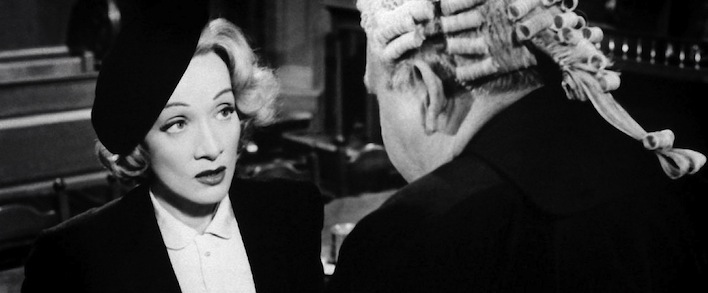Codici alla mano. I due figli di Iorio in contenzioso estetico-giudiziario
Abstract
Il sottobosco ottocentesco delle transparodie – inversioni sessuali in chiave comica, con personaggi en travesti che riprendono per contrappunto figure mitiche dell’immaginario romanzesco e melodrammatico – risulta incomprensibile se si dimentica che già ad alcune figure carismatiche dell’individualismo moderno erano toccate in sorte evirazioni in piena regola (da The Female Quichotte in poi). A tale famiglia di testi si rifà anche un’opera pionieristica nella storia del diritto d’autore: Il figlio di Iorio (1904) di Eduardo Scarpetta, parodia de La figlia di Iorio di Gabriele D’Annunzio, dello stesso anno. La “commedia presepiana” – un po’ opera buffa stile belle epoque, un po’ parodia assai casareccia – provocò un piccolo terremoto giudiziario: una richiesta di consenso, una diffida, una querela per plagio, infine un processo fatto di portentose pezze d’appoggio, e con un’intera società cultural-mondana divisa in due – letterati vs commedianti, pianto vs riso, arte alta vs arte plebea, ecc. – , e alcuni intellettuali di prestigio coinvolti in qualità di periti. Caso interessantissimo di sociologia dell’arte, il processo D’Annunzio-Scarpetta è anche un cruciale episodio di storia della cultura: perché ciò che il tribunale ospitò fu anche un dilettantesco e appassionato brainstorming di “comparatistica forense”.
Downloads
Riferimenti bibliografici
Almansi, Guido – Fink, Guido, Quasi come, Milano, Bompiani, 1976.
Billi, Mirella, Il testo riflesso. La parodia nel romanzo inglese, Napoli, Liguori, 1993.
Charlotte Lennox, Le avventure di Arabella, donna Chisciotte, trad. di L. Loni, Ferrara, Tufani, 1998.
de Cristofaro, Francesco, Signorina Pamela & figlie, «Inchiesta Letteratura», 122 (1998).
Frasca, Gabriele, La lettera che muore. La «letteratura» nel reticolo mediale, Roma, Meltemi, 2005.
Fusillo, Massimo, Estetica della letteratura, Bologna, Il Mulino, 2009.
Giammattei, Emma, «Il figlio di Iorio»: D’Annunzio, Scarpetta e Croce, in «La figlia di Iorio». Atti del VII Convegno internazionale di studi dannunziani, Pescara, 24-26 ottobre 1985, a cura di E. Tiboni, Pescara, Centro Nazionale di Studi Dannunziani, 1986.
Giammattei, Emma, Tempi e luoghi della parodia: Scarpetta al Mercadante, in Il teatro Mercadante la storia, il restauro, a cura di T. R. Toscano, Napoli, Electa, 1989.
Lamarra, Annamaria, Generi al femminile, in Storia della civiltà letteraria inglese, diretta da F. Marenco, Torino, Utet, 1996.
Lavagetto, Mario, Quei piú modesti romanzi. Il libretto nel melodramma di Verdi, Milano, Garzanti, 1979; poi Torino, EDT, 20032.
Marazzini, Claudio, L’ordine delle parole. Storia di vocabolari italiani, Bologna, Il Mulino, 2009.
Processo D’Annunzio-Scarpetta: pel «Figlio di Jorio», Napoli, Morano, 1908.
Ross, Deborah, Mirror, Mirror: The Didactic Dilemma of the Female Quixote, «Studies in English Literature», 2001.
Ruggiero, Nunzio, La civiltà dei traduttori. Transcodificazioni del realismo europeo a Napoli nel secondo Ottocento, Napoli, Guida, 2010.
Sapienza, Annamaria, La parodia dell’opera lirica a Napoli nell’Ottocento, Napoli, Guida, 1998.
Scarpetta, Eduardo, Il figlio di Iorio, Napoli, Morano, 1904.
Šklovskij, Victor, La mossa del cavallo (1923), trad. it. a cura di M. Olsoufieva, Bari, De Donato, 1967.
Watt, Ian, Miti dell’individualismo moderno (1997), trad. it. di M. Baiocchi e M. Gnoli, Roma, Donzelli, 2007.
Informazioni sul copyright
Questa licenza permette a terzi di riprodurre, distribuire, comunicare al pubblico, esporre in pubblico, rappresentare, eseguire, recitare e modificare quest'opera, purché vengano citati l'autore e la rivista. Questa è la più ampia tra le licenze Creative Commons, rispetto alle libertà concesse a terzi sulle opere licenziate sotto Attribuzione.









